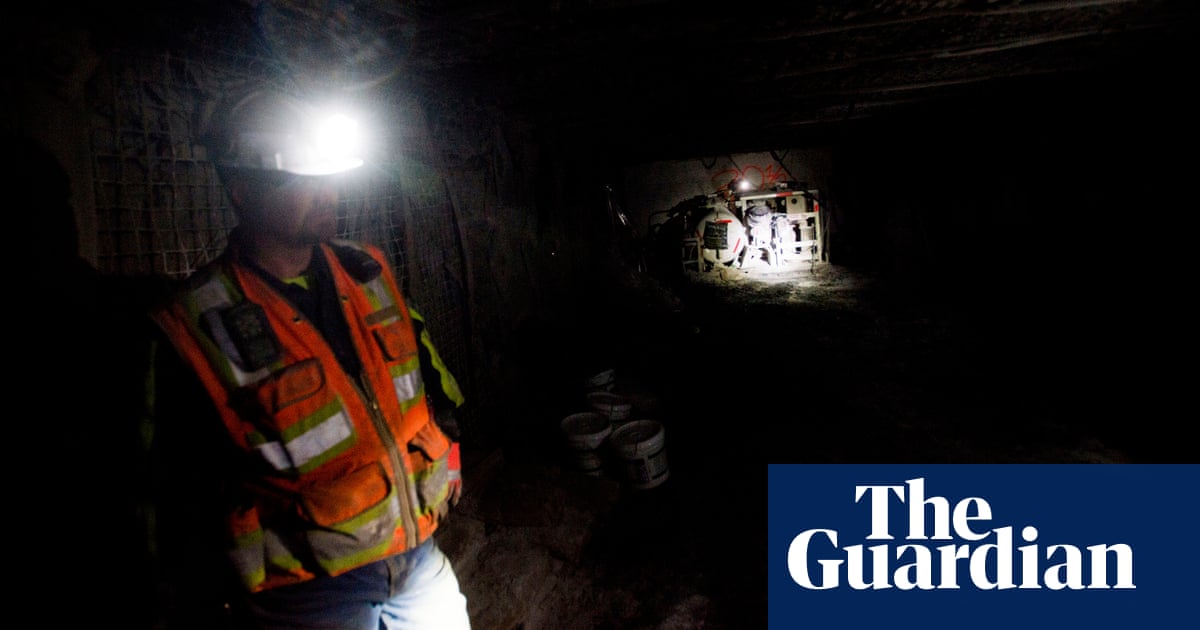Colombia declares national health emergency with Yellow Fever outbreak
An Aedes Aegypti mosquito bites a human. The Colombian government of President Gustavo Petro has declared a national health

The Colombian government of President Gustavo Petro has declared a national health emergency following a spike in yellow fever cases that has raised alarms across the country’s rural regions. According to the Ministry of Health, led by Guillermo Alfonso Jaramillo, Colombia has recorded 76 cases and confirmed 34 deaths so far this year. The declaration has reignited concerns about the growing impact of mosquito-borne diseases and the country’s vulnerability in responding to a nationwide vaccination campaign.
President Petro has set a two-month deadline to vaccinate more than 2 million citizens, authorizing the mobilization of Colombia’s public health infrastructure to curb the virus in both rural and urban areas. Departments such as Tolima and Meta are at the epicentre of the outbreak, where health workers are racing to contain infections that have escalated since late 2024.
“This is not a drill,” stated Petro on social media. “The time for doubt has passed. Our health system must deliver.”
The outbreak, already confirmed in nine of Colombia’s 32 departments, is expanding beyond traditionally high-risk zones. Alarmingly, cases have been detected in areas previously considered immune – such as the Andean municipality of Neira in Caldas – suggesting the virus is advancing into new ecological territory.
The Ministry of Health warns that the spread is “progressive and rapid,” aided by rising temperatures and erratic rainfall patterns. These conditions have allowed the Aedes aegypti mosquito—already notorious for transmitting dengue, Chikungunya and Zika—to thrive in elevations where it was once rarely found. In 2017, Colombia faced a similar threat with Chikungunya, which spread widely along the Colombian coast and interior lowlands.
Unlike other mosquito-borne viruses, yellow fever has a significantly higher mortality rate – close to 45% based on recent national data. Yet public awareness remains dangerously low, especially in cities where the disease has not been reported for nearly a century. The last confirmed case in Bogotá dates back to 1929.
As part of an aggressive response, the Bogotá district government – under Mayor Carlos Fernando Galán – has established vaccination points at key travel hubs, including the capital’s main bus terminals and El Dorado International Airport. Travellers can now be immunised before departing on domestic or international flights, a strategy aimed at limiting the spread of the virus across borders.
For Petro, the fight against yellow fever has become is latest political crusade. During Holy Week, he called on the military, teachers, and frontline health workers to lead the national vaccination drive, calling them “the pillars of our defence.” He has also pledged to broadcast Monday’s Council of Ministers meeting on private television networks to outline the government’s response strategy.
However, critics have questioned the timing and effectiveness of the government’s actions. Opposition leaders and medical experts argue that the emergency declaration comes too late, accusing the administration of missing early warning signs and shifting responsibility to local authorities. Senator Paloma Valencia, of the conservative Democratic Centre party, described the issuance of Circular 12 – which delegates key response duties to municipal governments – as “a dereliction of federal responsibility.”
“They knew this was coming,” stated Valencia. “And yet we still don’t have clear numbers on how many vaccines are available, or how many people have actually received them.”
The government maintains that it has sufficient vaccine supplies to complete the national campaign. In Tolima alone, health authorities report that 200,000 residents have already been inoculated, and mobile units are being deployed to reach isolated communities with limited healthcare infrastructure.
Nonetheless, the logistical challenges are vast. Colombia’s diverse topography – from dense Amazon rainforest to rugged Andes – presents formidable barriers to vaccine distribution. Medical experts claim that the yellow fever outbreak should be viewed as part of a broader climate-related trend. As ecosystems shift and mosquitoes expand into higher altitudes, diseases once confined to tropical ecosystems are appearing in unexpected places.
“The heat is allowing the mosquito to climb mountains, pass through high-altitude wetlands – páramos – and enter cities,” Petro warned. “A mosquito in a city is far more dangerous than one in the jungle.”
The Aedes mosquito’s ability to carry multiple viruses, including Zika, makes it a particularly dangerous vector in densely populated environments. Health officials fear that without swift and decisive action, other outbreaks could follow.
Communities on the frontlines are showing resilience. In the central department of Tolima, local health brigades and volunteers are going door-to-door with information leaflets and vaccine registration forms. During Holy Week, religious leaders have also joined the effort, using sermons to counter disinformation and encourage congregants to get vaccinated as soon as possible.
As Petro’s administration scrambles to contain the virus and gain public trust, it faces the dual test of rapid response and an overburdened health system. The yellow fever vaccine remains one of the most effective in the world, offering lifelong immunity in most cases. Health authorities warn that persons above the age of sixty or with pre-exististing medical conditions, should consult with a doctor before seeking out the vaccine.
While the outbreak has not yet reached Colombia’s major cities, authorities are acting as though it already has. “We have the tools to prevent more deaths,” believes Petro. “Now we must use them – before it’s too late.”














